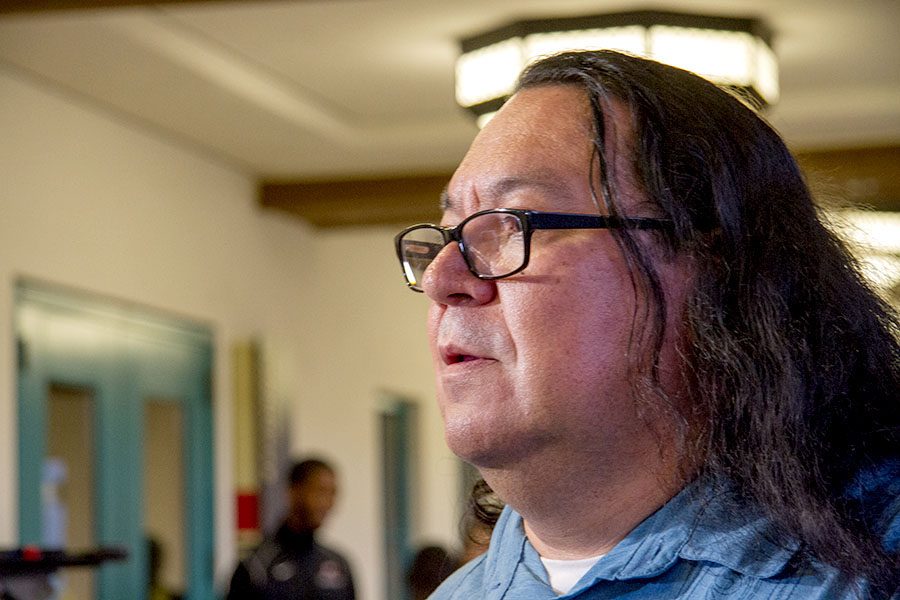The mere mention of suicide brings to mind many tragedies that could’ve been avoided. With suicide making the top 10 causes of death in the United States, it’s not hard to believe many young adults have directly or indirectly been affected by it. San Diego State does what it can to alleviate this problem with year-round support through the Counseling and Psychological Services. However, what if taking ones own life isn’t so much a tragedy, but a means to avoid an even more horrific and painful death?
Physician assisted suicide is the hastening end of one’s life with a lethal substance prescribed by a physician. This means a patient can choose when and where to die when diagnosed with a terminal illness. To be qualified for this procedure, there are strict requirements a patient must meet before assisted suicide becomes an option.
Religiously speaking, there are groups that teach against suicide and are one of the main reasons why assisted suicide is illegal in most states. For example, Catholicism believes life is God’s gift and people don’t have the authority to make decisions about when a life should end. Islamic teachings believe life comes from God and should be treated sacredly—to take a life, even one’s own, is a sin.
No matter how important a religion is to a person, the decision to choose whether to continue battling with a fatal illness should be rightfully decided by the individual. A religion may speak against suicide, but humans also hold the ability of individual autonomy, which is the act of individual freedom where people have the ability to make active decisions about their lives.
Aside from human rights, religion overlooks the lengthy process associated with eligibility. Initially, one must be diagnosed with a terminal illness that will takeover in at least six months, must have mental stability for rational decision making, a resident of the state with legalized assisted suicide and at least 18 years of age. And that’s only the first set of criteria a patient must qualify with to gain eligibility, with more hurdles to jump through later.
Taking this into consideration, states that have legalized assisted suicide have taken every precaution to ensure any patient who chooses this is 100 percent aware and consensual to what the procedure will entail. This isn’t an easily accessible option for patients. It’s a carefully thought out alternative for those who don’t want to go through the pains resulting form terminal illnesses.
“Each person needs to make end of life decisions,” SDSU religious studies professor Rebecca Moore said. “Some factors are religious beliefs … you want to live by those teachings. But ultimately, the individual needs to make that decision with physicians who can see the big pictures.”
On the flip side, those who are against assisted suicide at times advocate for Hospice Care (or the idea of the right to die). This is yet another alternative for those who have been diagnosed with a terminal illness. When choosing this option, patients reject any medical sessions and live the last few months at home and slowly let nature take its toll. A medical team is provided for the patient during the duration of time they have left and family members are encouraged to help with the process.
However, a glaring flaw is the patient is still going to go through the discomfort of his or her terminal illness. But to die with dignity is to live the very last days as comfortably as possible before the illness begins to takeover. Living months in a traumatic physical state completely negates this humane idea.
Brittany Maynard is one of the most recent assisted suicide cases that hit mainstream media, which embodies the idea of choosing to end her life at what she considered her peak. She didn’t want her family and friends to remember her as a bedridden and weak person, but as the happy and bright woman they had come to love.
That’s what assisted suicide caters to. It not only allows patients to avoid the pain that comes with terminal illnesses, but also preserves the image of the individual.
In the end, many may not agree with the act of taking one’s own life to avoid an illness, but that decision lies with the individual and should be respected as such. It’s a way to minimize inevitable suffering that will have the same ending regardless. Assisted suicide isn’t giving up on life, it’s passing on in the most compassionate way when death is only a few months away.












